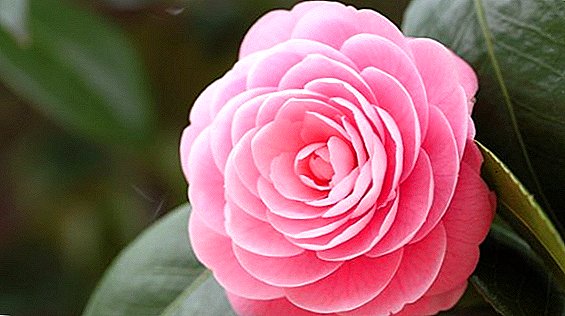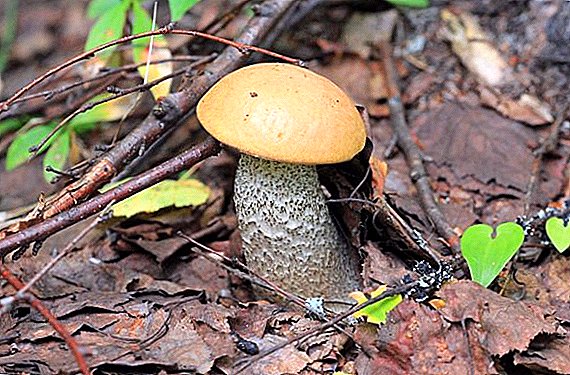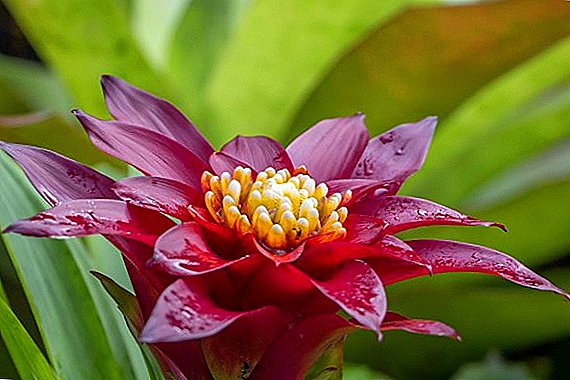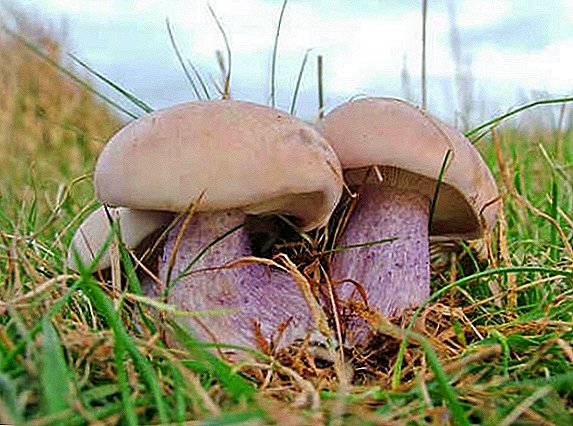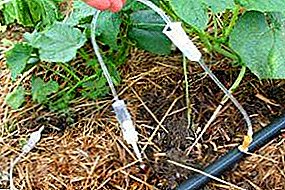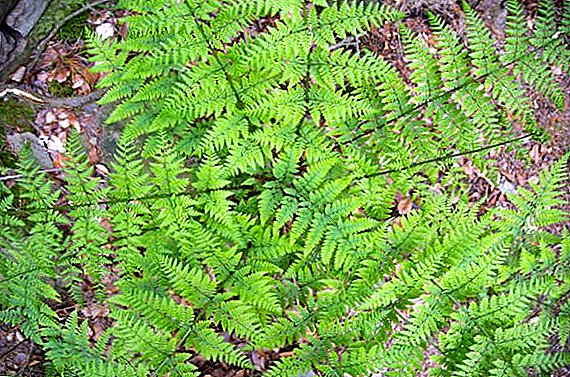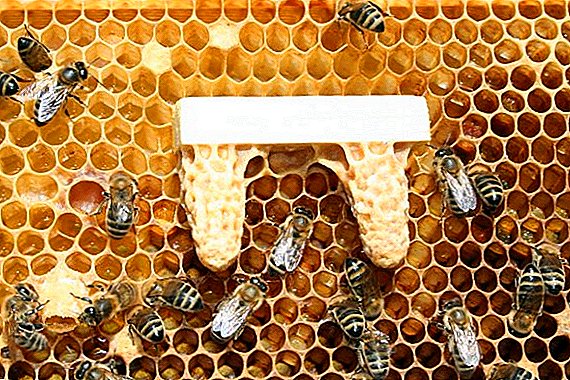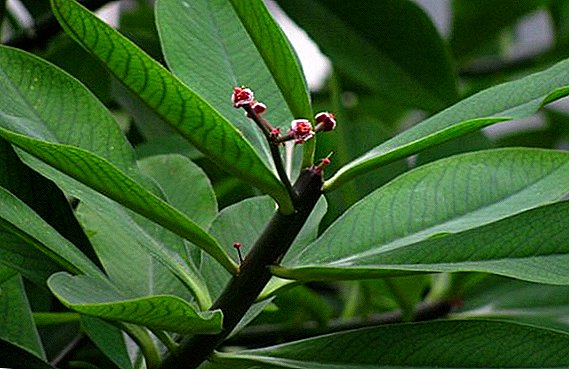 Among exotic plants cultivated as indoor plants, there are often species whose care for them at home is rather complicated and not every amateur can afford.
Among exotic plants cultivated as indoor plants, there are often species whose care for them at home is rather complicated and not every amateur can afford.
But the above does not apply to sinodenium, otherwise also called the tree of love.
Description
Representatives of the genus Sinadenium (Synadenium) under natural conditions are found in South and East Africa. This genus includes approximately 20 species of evergreen shrubs and trees. The genus belongs to the family of Euphorbia or Euphorbiaceae (Euphorbiaceae).  The plant is characterized by straight, thick stems and fleshy, egg-shaped leaves. It blooms in summer. The flowers are small, red, form inflorescences. Two species are cultivated as indoor plants - Grant's sinadenium with green leaves and Rubra’s synadenium with burgundy leaves.
The plant is characterized by straight, thick stems and fleshy, egg-shaped leaves. It blooms in summer. The flowers are small, red, form inflorescences. Two species are cultivated as indoor plants - Grant's sinadenium with green leaves and Rubra’s synadenium with burgundy leaves.
Pandanus, Strelitzia, Alokaziya, Pachypodium, Hymenocallis, Drimiopsis, Tsikas, Hovey Forster are also considered exotic plants.The second name of this plant is the tree of love. The origin of this name is unclear.
Did you know? The type of Grant's synadenium (Synadenium grantii) is named after the British East African explorer James Augustus Grant, who described it in 1875.
The tree of love grows very quickly (up to 25 cm per year) and can reach a height of one and a half meters. It refers to succulent plants, i.e. accumulates water in its fleshy stems. Usually, the room sinadenium has the form of a shrub, but by cutting it is possible to form a tree from it. 
Breeding
The easiest way to propagate this plant is reproduction by cuttings.
Plumeria, zamiokulkas, diploadiyeniye, koleriya, philodendron, aglaonema, erica, karyopteris, fittonia, dieffenbachia, osteospermum, arrowroot multiply by cuttings.For this, in spring, the tops of the stems of an adult bush or a tree 10–12 cm long with 4–5 leaves are cut, and the cut is sprinkled with crushed charcoal.
The cuttings are dried during the day, while the flow of poisonous milky juice must stop.
Important! Sinadenium juice, like all euphorbia, is poisonous. Even getting juice on undamaged human skin leads to redness and irritation, and contact with mucous membranes, and even more so inside the human body, can lead to much more serious consequences, even lethal ones.
The substrate for planting is a mixture of leafy soil, peat and sand (one part of each component). It is also recommended to add a little charcoal to this mixture. The prepared substrate is poured into a pot and a cutting stick is inserted into it, deepening a couple of centimeters.  The pot is set in a well-lit place. The seedling usually takes root in 2-3 weeks.
The pot is set in a well-lit place. The seedling usually takes root in 2-3 weeks.
It is possible to germinate sinadenium from seeds, but this method is considered more complicated compared to cuttings. Sow need to spring. For seeds, a substrate is prepared from a mixture of sand and leafy earth, seeds are sown in it.
When sowing, they are buried by 5-10 mm. Within one to two weeks, the seeds germinate. The optimum temperature for germination is + 18 ° C.
Did you know? Sinadenium got acclimatized in South America. There it is commonly used as a hedge.Soon after the sprouts appear, when they are stretched 1 cm, they make the first pick. When sprouts reach 3 cm, a second picking is carried out.

Conditions
Representatives of this kind of euphorbia undemanding to the conditions of detention, they are well developed in a normal city apartment.
Lighting
In the best way this plant feels in the conditions of bright, but diffused illumination, and direct sunshine can cause foliage burns. Usually pots with him put on the window sills windows oriented to the west or east.
In autumn and winter, in conditions of insufficient illumination and in a warm room, the branches of the plant can be stretched out, which impairs its appearance (the stretched branches look bald). For this period, the plant is better (but not necessary) to keep in a cool room. 
Temperature
In summer, a temperature range of + 22 ° C to + 26 ° C is optimal for sinadenium. There is no apparent rest period for this species, but in the autumn and winter it also feels rather well in cooler air, the temperature of which, however, should not be below + 10 ° C.
Air humidity
This factor has no special influence on the development of the plant. To get rid of accumulated dust, its leaves are periodically wiped with a damp sponge or sprayed with water.
The soil
The best for a sinadenium is a light soil with a neutral reaction. Usually, a substrate is prepared for planting by mixing equal parts of peat, sand and leafy ground. There you can add a certain amount of brick chips and charcoal.
The bottom of the flower pot is covered with a layer of expanded clay to ensure drainage. 
Care
Sinadenium is an unpretentious plant, care for it at home is not difficult. But it is important to know some features of its content.
Watering
For irrigation, soft, settled water is used. Water the plant should be regularly, but not excessively, in order to avoid rotting of the roots. In the summer they water as the top layer of soil dries. At other times, the frequency of irrigation is reduced to two times a month.
The plant, like all succulents, tolerates drought well, but at the same time its leaves can wilt or even fall off. Drooping leaves when resuming watering does not return to its original state. Shoots with such leaves can be cut, new shoots will appear very quickly. 
Fertilizer
Fertilizers are used to keep the love tree in good shape. Feeding of the synadenium is carried out twice a month and only in the spring-summer period. Use, as a rule, complex mineral fertilizers. The most suitable are liquid fertilizers for cacti.
Mineral fertilizers include Plantafol, Sudarushka, Ammophos, Kemira, ammonium sulfate.
Pruning
This procedure can be carried out at any time of the year, but corrective pruning, with which the plant is given the desired shape, is preferably carried out in the spring. If necessary, remove weak shoots and wilted leaves.
The cut is treated with crushed charcoal. Pruning shoots leads to increased branching of the plant.
Transfer
Sinadenium is characterized by rapid growth, so the young plant is transplanted annually into a larger pot.  In the future, the frequency of transplantation is reduced, the procedure is carried out once every 2-3 years.
In the future, the frequency of transplantation is reduced, the procedure is carried out once every 2-3 years.
The best time for transplanting is early spring. If further plant growth is undesirable, it is transplanted into a pot of the same volume. Large formed plants are not transplanted, but periodically replace them with the top layer of soil in the tub.
Important! Since sinadenium is a poisonous plant, pruning and transplanting should be done with rubber gloves to avoid getting its juice on the skin.
Possible difficulties
From over-irrigation, rotting of the base of the plant stem may begin, and from lack of water, the trunk shrivels, leaves wilt and fall. With a lack of lighting in combination with a warm room, the shoots are drawn out and the appearance of the synadenium deteriorates.  In order to return the plant to its previous spectacular view, it is necessary to cut such shoots.
In order to return the plant to its previous spectacular view, it is necessary to cut such shoots.
The leaves of the love tree can also fall off when the external conditions change too dramatically - when the air temperature jumps, when cold water is used for irrigation, or when there is a sudden change in light. The normalization of the conditions of maintenance and pruning of shoots will quickly return to the synadenium the same appearance.
Diseases and pests
Despite its toxicity, this species can suffer from pests and diseases, although this is a very rare phenomenon. He can be threatened by a spider mite, a mealybug and a scalefish.
Struggling with them is standard: sprayed with a solution of green soap, or, in advanced cases, use insecticides.  As we have seen, the care of the sinadenium is not difficult, the reproduction of the tree of love presents no difficulties.
As we have seen, the care of the sinadenium is not difficult, the reproduction of the tree of love presents no difficulties.
In addition, this attractive houseplant, able to decorate any interior, unpretentious, resistant to pests and diseases, quickly restored after pruning and growing rapidly.


